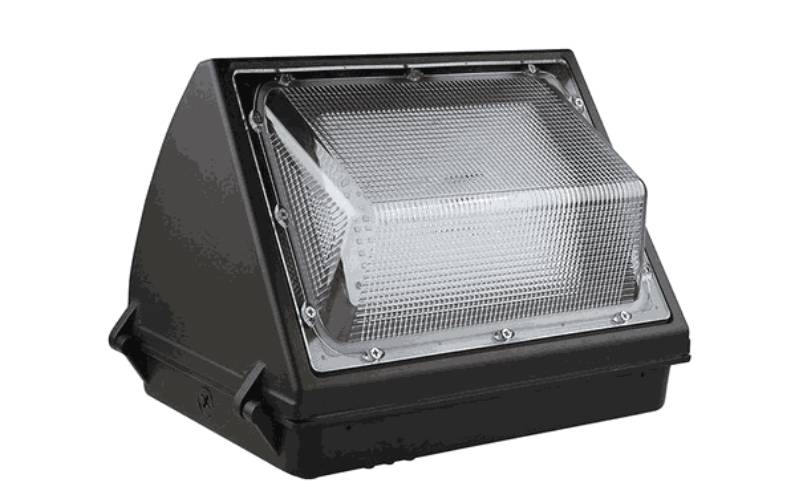Lighting The Way: How Street Light Bulbs Impact Safety And Security?

Street lighting has played a pivotal role in shaping the urban landscape, transforming our cities from dark, foreboding spaces into well-lit hubs of activity and safety. This transformation, largely credited to the evolution of street light bulbs, has not only impacted the aesthetic appeal of our urban environments but has also significantly enhanced safety and security. In this discourse, we delve into the fascinating world of street light bulbs, exploring their evolution, the factors that influence their selection, the efficiency and sustainability benefits of LED technology, their role in improving visibility and reducing accidents, the importance of proper maintenance, the various types available, and the innovative features that modern street light bulbs offer. These insights will help us understand the remarkable journey of these unassuming yet critical elements that illuminate our cities and contribute to our well-being.
The Evolution Of Street Light Bulbs: From Incandescent To LED
The history of street light bulbs mirrors the broader evolution of lighting technology. The incandescent bulb, once the standard for street lighting, was a marvel of its time. However, it was not energy-efficient, had a short lifespan, and produced a yellowish light. As we moved into the 20th century, high-pressure sodium (HPS) lamps became the norm, offering better efficiency but still plagued by a warm-toned light. Then came the LED (Light Emitting Diode), a game-changer in the world of street lighting. LEDs are energy-efficient, have a longer lifespan, produce a more natural white light, and are highly customizable. This transition from incandescent to LED technology represents a significant leap forward in lighting efficiency and quality, revolutionizing the way we light our streets.

Choosing The Right Street Light Bulb: Factors To Consider
Selecting the appropriate street light bulb is a crucial decision for municipalities and urban planners. Various factors must be considered, such as the desired light output, color temperature, energy efficiency, and environmental impact. The choice between traditional HPS lamps and modern LEDs is a key decision. LEDs provide better energy efficiency, but they may come with higher initial costs. Additionally, considerations like light distribution, wattage, and maintenance costs must be weighed. The choice is not only about illumination but also about optimizing safety and security while being mindful of the economic and environmental implications.
Efficiency And Sustainability: The Benefits Of LED Street Light Bulbs
The transition to LED street light bulbs has ushered in a new era of efficiency and sustainability. LED technology consumes significantly less energy than its predecessors, leading to reduced electricity bills and carbon footprints. Their longer lifespan minimizes the need for frequent replacements, further reducing maintenance costs and waste. Moreover, LEDs can be easily dimmed or customized, allowing cities to adapt to specific lighting needs, whether it’s brightening streets for safety or creating a cozy ambiance in urban parks. These benefits underscore the pivotal role of LED street light bulbs in promoting a greener, more sustainable urban future.
Seeing The Light: How Street Light Bulbs Improve Visibility And Reduce Accidents?
The quality of street lighting directly influences visibility on our roads and sidewalks, which, in turn, has a substantial impact on safety. Inadequate or poorly designed street lighting can contribute to accidents, both vehicular and pedestrian. LED street light bulbs, with their ability to provide uniform, natural white light, significantly improve visibility. This reduces glare, enhances color recognition, and allows drivers and pedestrians to perceive their surroundings more clearly. Consequently, accidents are reduced, and streets become safer spaces for everyone, especially during nighttime and adverse weather conditions.
Illuminating Our Cities: The Importance Of Proper Street Light Bulb Maintenance
While selecting the right street light bulb is crucial, its continued effectiveness depends on proper maintenance. Neglected or damaged street lights not only reduce visibility but also compromise safety and security. Regular inspections, cleaning, and timely replacements are essential to ensure that urban areas remain well-illuminated. Maintenance efforts extend the lifespan of street light bulbs, keeping them efficient and cost-effective. Cities that invest in robust maintenance programs reap the rewards of safer, brighter streets, underscoring the importance of maintaining the very infrastructure that lights the way.
Brightening Up The Night: Exploring Different Types Of Street Light Bulbs
- Incandescent Bulbs: Traditional incandescent bulbs are not commonly used for street lighting due to their low efficiency and short lifespan. They produce a warm, yellowish light.
- Halogen Bulbs: Halogen bulbs are slightly more efficient than incandescent bulbs but still not commonly used for street lighting.
- Compact Fluorescent Lamps (CFLs): CFLs are more energy-efficient than incandescent bulbs and have a longer lifespan. They provide a cooler, white light. However, they have some environmental concerns due to the presence of mercury.
Beyond Illumination: Innovative Features Of Modern Street Light Bulbs
Modern street light bulbs have transcended their traditional role as mere sources of illumination. They are now equipped with innovative features that enhance their functionality. Smart street lights, for example, can be remotely controlled and adjusted, responding to real-time data, traffic patterns, and weather conditions. They can incorporate sensors for various purposes, such as environmental monitoring, surveillance, and even as charging stations for electric vehicles. These innovative features not only make cities more efficient but also contribute to overall safety and security, marking a new era in the evolution of street lighting.
Conclusion
The impact of street light bulbs on safety and security within our urban environments cannot be understated. The journey from incandescent bulbs to efficient LEDs, the considerations in choosing the right bulb, the sustainability benefits, enhanced visibility, proper maintenance, and the various types and innovative features all contribute to the safer, more secure, and more sustainable cities we enjoy today. Street light bulbs have indeed illuminated our path towards a brighter and safer urban future, emphasizing the interconnectedness of technology, environment, and human well-being in our ever-evolving cityscapes.

Glenda Eaton is a versatile writer known for her expertise in various topics, including construction. With a knack for research and a flair for writing, she delves into diverse subjects to captivate readers.




